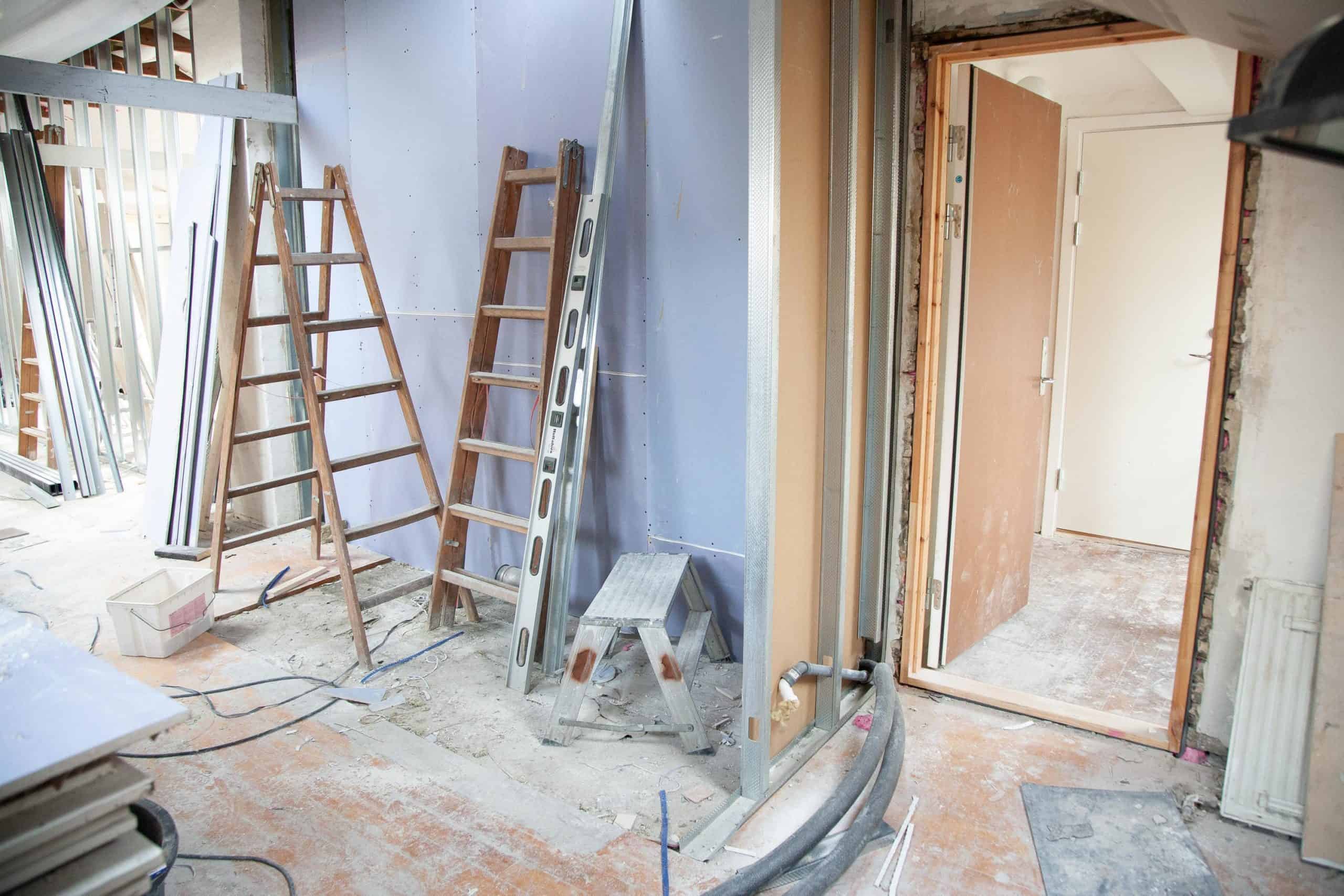Every room addition faces its own set of unique challenges and respective costs. It’s important to work with a contractor experienced in designing home additions who can anticipate these obstacles before construction begins. You want to hire a contractor who will do their due diligence upfront and thoroughly plan and prep before your home is transformed.

Hiring the Best Contractor
You may have an aging parent who will need to move in, or you might just want a redesigned space to enjoy now that the kids are grown and out of the house. There’s a lot to consider when adding a room to your home.
One of the main components of any remodeling project is choosing the right contractor to do the work. Follow these tips to help you hire a highly qualified contractor for your home addition and get the best experience.
1. Get Recommendations
Create a list of local contractors by asking friends, co-workers, or family. You can also search online for the type of service you need. Make sure to read the reviews of each contractor. A reputable contractor should be easy to get in touch with. They will have a website that lists all pertinent information and examples of their work. The website should include phone numbers, contact forms, email addresses, and social media accounts.
2. Compare Each Contractor’s Portfolio
Ask each contractor for a portfolio of their projects from at least the last year. They may have a physical portfolio, or they may direct you to a website with images. It helps if there are pictures of blueprints, sketches, or other plans so you can get an idea of how the contractor approaches a project.
3. Licensing, Insurance, and Certification
One easy way to narrow your list further is to ask for the contractors’ licensing and certification. The specific licenses or certifications your home improvement contractor should carry will depend on the project. Since legal requirements vary by state, call the licensing division to ask for specific requirements.
Make sure they also have liability insurance in the event of any damages or injuries. The contractor and any other workers should also be covered by worker’s compensation. Ask for a copy of their insurance policies and check that they’re up to date.
4. Check References
Any reputable contractor will expect you to ask for a list of references. A typical contractor reference list includes ten or more jobs with the name, address, and telephone number of each customer. Select a few recent projects and take notes during the call. You may also want to ask to visit their home to see the project in person.
5. Get Bids and Hire Your Contractor
After a thorough consultation, each contractor will present you with a brief proposal and estimated cost for the project. This should include details on the timeline for the project, the types of materials they recommend, and the total cost of the project. The cost of the average home addition will include some of the following components:
- Architectural fees
- Excavation
- Plumbing
- Electrical
- Framing
- Drywall
- Roofing
- Flooring
- Cushion for unexpected costs
It’s not always best to go with the lowest price bid. You should consider quality of the materials, experience levels, and reputation when making your decision.
After you’ve chosen your home improvement contractor and accepted their project bid, they will draft a contract proposal with more details about how they will complete the project. Once you’ve reviewed and signed the proposal, your project will be underway.
6. Connect with Your Contractor
Communication is key to any project. Make sure the contractor understands your goals. Insist on regular contact by email, phone, or text. It may be helpful to have weekly updates from the foreman.
7. Be Informed about Requirements
Know what permits are required and what regulations need to be followed for your remodeling project. Your contractor should be responsible for applying for and acquiring all necessary permits. Know what’s going on behind the scenes. The cost of the job will increase if the contractor is surprised by concealed budget busters.
8. Final Walkthrough
Schedule a final walkthrough once the home addition is complete. Meet with your contractor and make note of any tasks that still need to be completed. Be sure to request an affidavit of the final release of the lien waiver. Once the job is complete and the final payment is made, this clears you of any liability for third-party claims.
The Trusted Building Professionals
If you’re ready to add space to your home, RT Construction can assist in your home addition. We have the experience and plenty of satisfied customers. Contact us today for a consultation.
